Ida Noddack Biography: A Look Into The Life of German Chemist
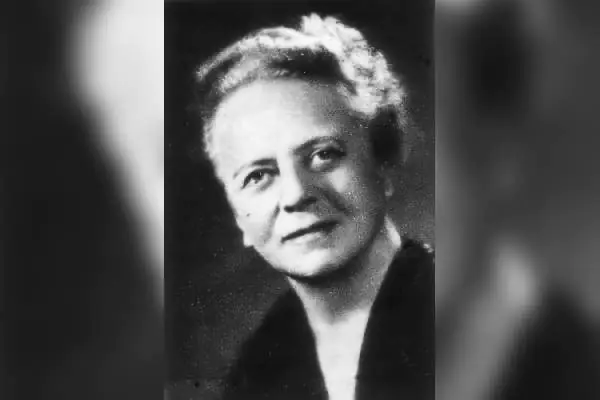
Ida Noddack Biography. Image Source: Social media
- Full Name Ida Noddack
- Age 82 yrs
- Birth Date February 25, 1896
- Country Germany
- Relationship Status Married
- Spouse Walter Noddack (m:1926, d:1960)
- Nationality German
- Profession Chemist, Physicist
- Children None
- Awards and honors 1931 Liebig Medal
- Education Technical University of Berlin
- Death Date September 24, 1978
In the laboratory of brilliance, she danced with elements and dazzled everyone with the symphony of her knowledge; Meet Ida Noddack, one of the forgotten embodiments of scientific history who made a vital discovery in the field of chemistry.
If you are unfamiliar with one of the pioneering German female chemists, then this article on Ida Noddack biography will help you understand the scientist who made significant contributions to our understanding of the elements.
Stay with us till the end to learn more about Ida, her gift to the periodic table, and her achievements during the early 20th century.
One of the First Generations of Female Students in Germany
Born on February 25, 1896, in Lackhausen, in the northern Rhine region of Germany, Ida Tacke attended school in 1915, six years after the nation’s government allowed women to study in all of Berlin’s universities.
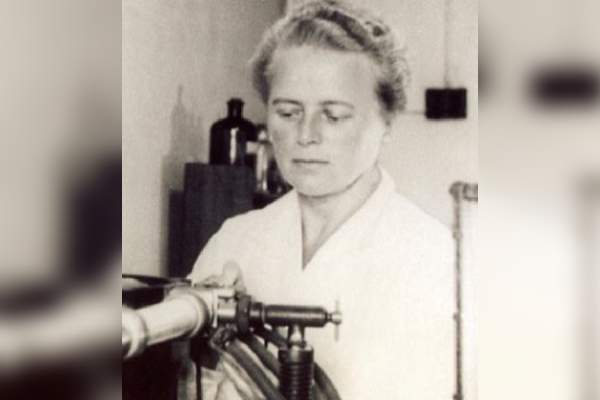
Ida Noddack Biography. Image Source: Social media
Her father, who owned a varnish factory in the Lower Rhine region, supported his daughter’s decision to study chemistry at the Technical University of Berlin, a bold yet quite unusual choice at the time. Further, only nine out of the eighty-five members of her class studied chemistry. Therefore, Ida was one of the first generations of female students to study chemistry in Germany. She graduated with a degree in Chemical and Metallurgical Engineering in 1919.
In 1921, Noddack received her Ph.D. in physical chemistry and became one of the very few females (among 20) to earn a doctorate degree during her time. Her father initially wanted her to return to her family’s business, but Ida had other plans.
ALSO READ: Rebecca Lee Crumpler Biography, The First African American Woman M.D. In The U.S.
Finding the Missing Elements Both in Science and Personal Life
During her time at the University of Berlin, Ida met her future husband, Walter Noddack, a former Ph.D. student who was working as a researcher at the prestigious Imperial Physical Technical Bureau chemistry division. The two shared a common interest in chemistry and quickly developed a bond purely based on the joy of science.
Previously, Ida had worked in the chemistry lab of the Berlin turbine factory, a company affiliated with General Electric in the U.S. Her dedication to the studies garnered recognition and respect from her male counterparts; among them, Walter was one of the men who wanted to work with her.
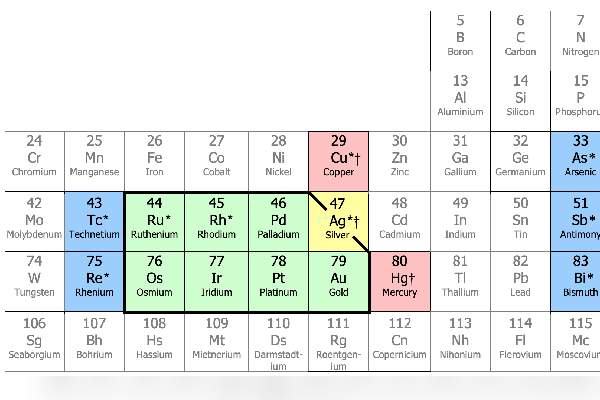
Ida Noddack Biography. Image Source: Social Media.
A profound chemist, Walter, was obsessed with finding the missing elements below Manganese in the periodic table. Therefore, in 1923, he hired Ida to work as an unpaid guest researcher in his lab to help him find element 43 and element 75 of the periodic table. While working together in the hunt for searching the elements, both Ida and Walter developed a relationship and got married in 1926. Unfortunately, the Noddacks didn’t share any children. But after a year, the two had made some astounding discoveries.
In 1925, Ida Noddack spouse Walter, along with Otto Berg, a fellow scientist, announced that they had identified both element 75 (Rhenium) and element 43 (Masurium).
Discovery of the Rhenium: One of the Rarest Elements in the Earth’s Crust
The Noddacks published a paper in 1925 and called the new elements Rhenium in respect to Ida’s birthplace and Masurium in respect to Walter. However, scientists were skeptical of their results; therefore, the husband-wife couple began to perform more experiments to confirm their discoveries. While rhenium’s discovery was confirmed, they were unable to isolate element 43.
When Ida presented their results to the Association of German Chemists, the board noted that she was the first ‘female colleague’ to address the association. After a few years, the extraordinary findings led to Ida being the recipient of the German Chemical Society’s prestigious Liebig Medal in 1931. Similarly, the duo were nominated three times for the Nobel Prize in Chemistry in 1933, 1935, and 1937.
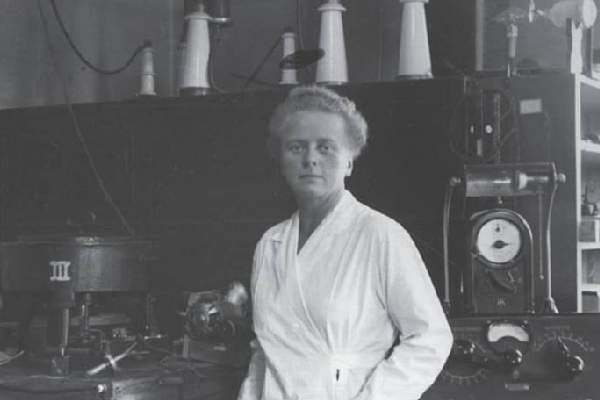
Ida Noddack Biography. Image Source: Social media
Noddack continued to work as a chemist after her discovery. She published several papers on the properties of Rhenium and Technetium, which they previously called Masurium. She also worked on the development of new methods for extracting metals from ores.
Rhenium, named after the Rhine River, is one of the scarcest elements in the Earth’s crust and was the last stable element to be discovered. Its superalloys are used in combustion chambers, exhaust nozzles of jet engines, and turbine blades. Be sure to check out several other applications of Rhenium.
Contributions to Science: One of the First Lady to Mention Nuclear Fission
To find Rhenium, Ida Noddack used her analytical procedures. However, in 1934, she published a paper questioning Enrico Fermi‘s claims of finding an element similar to Uranium. Ida’s correctly pointed out the flaw in Fermi’s chemical proof.
This #WomensHistoryMonth, meet Ida Noddack, the first person to express the idea of nuclear fission. Ida and her husband discovered the element Rhenium and theorized the existence Technetium. Learn more: https://t.co/3s2WYpEEzz
(From @ACSReactions and @PBSDS) pic.twitter.com/HMIM2gHZcf
— PBS (@PBS) March 12, 2020
The genius woman suggested that the element’s nucleus might have broken into several large fragments called nuclei. As a result, isotopes of known elements occurred. This theory proposed by Ida would become known a few years later as nuclear fission.
At present, the foundation for further research into nuclear fission would ultimately lead to the development of nuclear power and atomic weapons. Unfortunately, Ida’s contributions to the discovery of nuclear fission were not fully acknowledged at the time.
Recognized After Death But Ridiculed While Alive
Ida, with her expertise in element hunting, published a paper about nuclear fission. Unfortunately, her ideas were met with mockery from the rest of the overwhelmingly male scientific community. It was only decades later that the community realized that she had been right, having previously refused to give her any recognition.
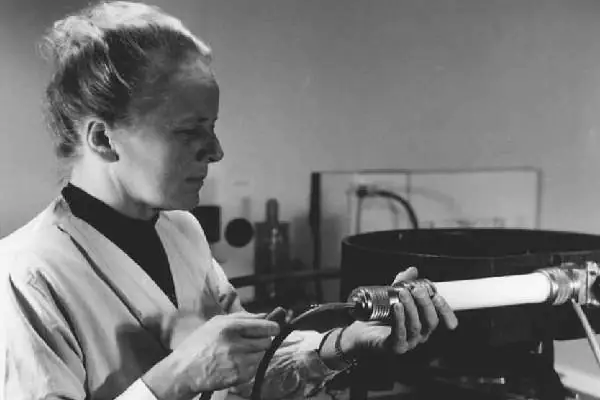
Ida Noddack Biography. Image Source: Social media
Until her death, Ida Noddack was unhappy and bitter that no famous chemist or famous physicist listened to her, just like Albert Einstein‘s wife, Mileva Maric, was not given enough credit for her contributions to the world of physics. As per some historians, the German chemist Noddack did not receive the acknowledgment she deserved due to the gender bias rampant in the scientific community of that period.
Despite the struggles Noddack faced as a woman in a male-chauvinist field, she continued her scientific work throughout her life. She published several groundbreaking papers on a wide range of topics, including nuclear physics, chemistry, and the structure of the periodic table.
Ida Noddack passed away on September 24, 1978, at the age of 81, leaving behind a legacy of pioneering contributions to nuclear science and chemistry. Ida Noddack’s husband, Walter, died in December 1960. Although her name may not be as widely recognized as some of her male contemporaries, her work, and discoveries have left an indelible mark on the scientific community.
Over time, historians and researchers have increasingly recognized and acknowledged Ida’s significant role in the early understanding of nuclear fission and her dedication to advancing scientific knowledge, regardless of the barriers she faced as a woman in science. She grew up in a time when opportunities for women in scientific fields were limited. Nevertheless, her determination and passion for science led her to overcome numerous obstacles and become a respected figure in her field.
Ida Noddack biography aims to shed light on her accomplishments which she was not credited for while she was alive. But after her death, the world recognized her brilliance and started giving her the recognition she deserved. A name gone but never forgotten.
Rhenium- Element information, properties, and uses | Periodic Table. (n.d.).
Habashi, F. (n.d.). Ida Noddack and the missing elements. RSC Education.
Ida Eva Tacke-Noddack, the three-time Nobel Prize nominee who first mentioned nuclear fission – Rincón educativo. (2022, October 23). Rincón Educativo.
Ida NODDACK. (n.d.).
Santos, G. M. D. (2014). A tale of oblivion: Ida Noddack and the ‘universal abundance’ of matter. Notes and Records, 68(4), 373–389.
Gregersen, E. (2011, February 16). Ida Noddack | Biography, Education, Rhenium, Nuclear Fission, & Facts. Encyclopedia Britannica.
Brazil, R. (2022). Ida Noddack and the trouble with element 43. Chemistry World.
Did you notice an error ?
Please help us make corrections by submitting a suggestion. Your help is greatly appreciated!











